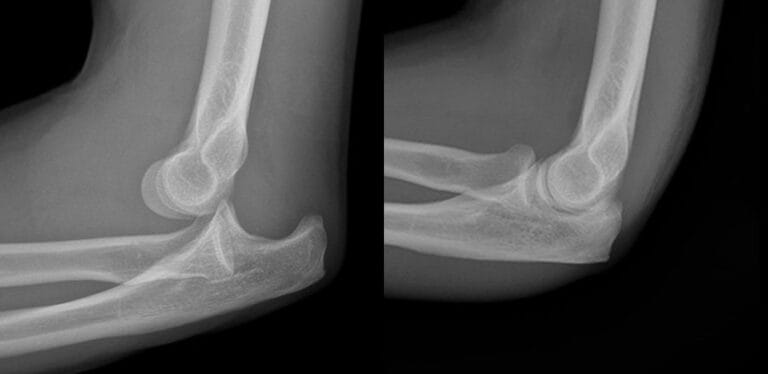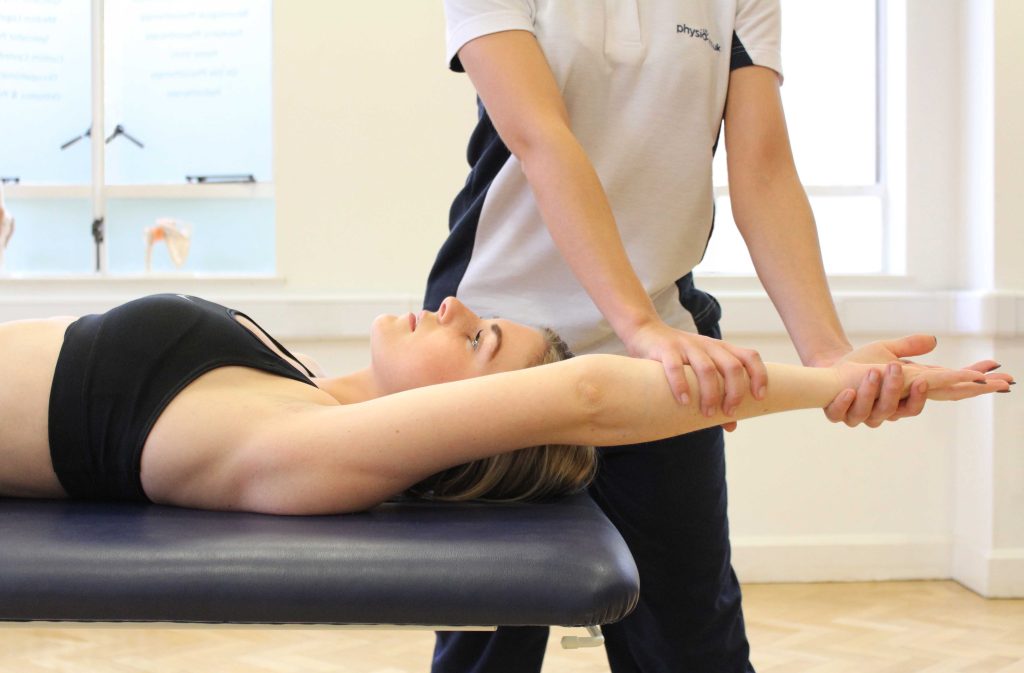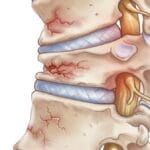What is a Simple Elbow Dislocation?
- Simple Elbow Dislocation: This happens when the elbow joint (where the upper arm bone meets the forearm bones) gets dislocated without any broken bones.
- Complex Instability: This occurs when there are broken bones along with the dislocation.
How Does the Elbow Stay Stable?
The elbow stays in place because of its bone structure and ligaments (strong bands of tissue). The main parts that keep the elbow stable are:
- Bone Structure: The unique shape of the bones in the elbow joint helps keep it stable.
- Medial Collateral Ligament (MCL): This ligament helps resist stress inside the elbow.
- Lateral Ulnar Collateral Ligament (LUCL): This ligament helps resist stress outside the elbow.
Secondary helpers include:
- Radial Head: This bone part helps if the MCL is injured.
- Forearm Muscles: The muscles that move the elbow also help keep it stable.
What Causes Elbow Dislocations?
Elbow dislocations most often occur when someone falls and lands on an outstretched arm. The force from the fall can push the elbow bones out of place.
Symptoms and Diagnosis
- Symptoms: There will be a noticeable deformity, pain, and difficulty moving the arm. The elbow may look bent out of shape.
- Diagnosis:
- X-rays: Used to check for any broken bones and ensure the joint is properly aligned after fixing the dislocation.
- CT Scans: Used if there’s a suspicion of hidden fractures.
- MRI: Sometimes used to check for ligament injuries, especially if repeated dislocations occur.
Non-Surgical Treatment
- Initial Treatment: The dislocated elbow is put back in place, then kept in a sling or splint for 3-5 days to allow initial healing.
- Bracing: If the elbow is still a bit unstable, a special hinged brace is used. This brace allows movement but keeps the elbow stable.
- Follow-Up: Regular X-rays are taken for the first few weeks to make sure the elbow stays in place.
When is Surgery Needed?
Surgery is considered if:
- The elbow is still unstable even after being put back in place.
- The elbow keeps dislocating during the healing process.
- There are broken bones that need to be fixed.
Surgical Procedure
- Repairing Ligaments: The ligaments that are torn during the dislocation are repaired.
- LUCL Repair: This ligament is usually fixed first. It can be repaired directly or reconstructed using tissue from another part of the body or a donor.
- MCL Repair: If the elbow is still unstable after fixing the LUCL, the MCL might also need repair.
- External Fixator: In rare cases, a special device is used outside the arm to keep the elbow in place while it heals.
Summary
Managing a simple elbow dislocation involves putting the elbow back in place, assessing stability, and ensuring proper healing with or without surgery. Regular follow-up and imaging help monitor the progress, and surgery is reserved for more severe cases or when the elbow remains unstable.






